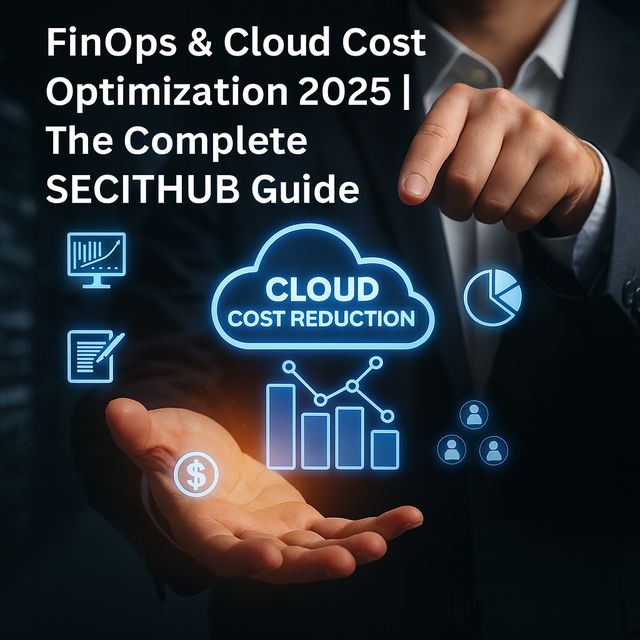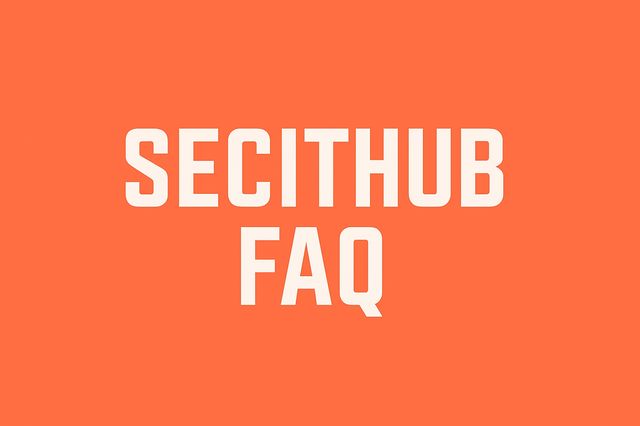FinOps and cloud cost optimization in 2025 empower organizations to align cloud spending with business value.
The best practices include real-time visibility, intelligent automation, and cultural accountability transforming cloud cost chaos into strategic control across Azure, AWS, and GCP.

Introduction
Cloud costs have evolved from a financial nuisance into a strategic business risk.
As organizations expand across multiple clouds, uncontrolled growth in compute, storage, and data transfer spending can quickly erode margins.
The solution is FinOps the discipline of managing cloud costs by combining financial accountability, engineering visibility, and continuous optimization.
In 2025, successful organizations treat FinOps not as a cost-cutting exercise but as a culture of efficiency aligning technology decisions directly with business outcomes.
The FinOps Framework | Visibility, Optimization, and Operation
Inform | Gain Real-Time Visibility
Map cloud usage and costs across teams and environments
Use tagging and labeling to assign spend by service, project, and owner
Enable dashboards for executives, engineers, and finance teams alike
Optimize | Identify Waste and Right-Size Resources
Detect idle or underutilized assets using automated metrics
Right-size compute instances and balance performance vs. cost
Scale dynamically based on demand rather than static capacity
Operate | Govern Spending Through Continuous Iteration
Establish feedback loops between finance and engineering
Review budgets monthly and optimize continuously
Set clear KPIs: cost per user, per feature, per transaction
Why It Matters
According to the FinOps Foundation, organizations that mature their FinOps practice typically achieve 20–30% cost reduction within six months not by cutting innovation but by aligning cost with value.
Right-Size and Decommission Intelligently
Over-provisioning remains the biggest leak in cloud budgets. To fix it:
Analyze utilization metrics (CPU, memory, network I/O)
Right-size compute instances and storage tiers dynamically
Decommission unused VMs and test clusters during off-hours
Use tools like Azure Advisor, AWS Compute Optimizer, and GCP Recommender for precision-based right-sizing
Why It Matters
Idle resources are invisible money drains. Automation ensures that cloud environments scale down as intelligently as they scale up.
Optimize Storage and Data Transfer
Storage costs are often the hidden elephant in cloud bills. To manage them effectively:
Apply lifecycle policies to move infrequently accessed data to lower-cost tiers (Azure Archive, AWS Glacier, GCP Coldline)
Compress and deduplicate large datasets
Monitor replication between regions and zones cross-zone traffic doubles costs
Deploy CDNs (Azure Front Door, CloudFront, Cloud CDN) to cache and reduce egress fees
Why It Matters
Data transfer and storage inefficiencies silently erode profit. Smart tiering and compression reclaim both budget and performance.

Leverage Provider Savings Programs
Each cloud provider rewards predictable workloads and efficient usage:
Azure Reserved Instances and Savings Plans offer up to 65% off for steady workloads
AWS Savings Plans and Spot Instances deliver 40–80% savings
GCP Sustained and Committed Use Discounts lower costs by 20–50% automatically
Pro Tip
Start small, track impact, and scale commitments gradually for the best balance between flexibility and savings.
Why It Matters
Predictability is power. Consistent workloads paired with commitment programs unlock the steepest discounts without risking overspend.
Intelligent Monitoring and Anomaly Detection
Platforms like CloudZero, Finout, and Apptio now use AI to detect anomalies in real time spotting cost spikes per deployment, user, or service.
Integrate alerts directly into Slack, Microsoft Teams, or Azure Monitor for immediate action.
Why It Matters
Real-time visibility converts chaos into control. Detecting anomalies within hours prevents billing surprises that could cripple budgets.
Align IT Optimization with Business Value
Optimization is not about spending less it’s about spending smarter.
As Gartner emphasizes, the goal is to align costs with value, not cut across the board.
Prioritize workloads that support revenue generation
Focus on removing waste, not innovation
Build accountability: every engineering team owns its cloud cost efficiency
Why It Matters
Cutting 5% from a revenue-generating workload may hurt growth. Eliminating 50% of idle test resources strengthens both efficiency and innovation.
Ranking the Leading Optimization Solutions in 2025
While discipline drives results, technology amplifies them.
The following tools stand out in the 2025 FinOps landscape:
IBM Turbonomic
Best for Enterprise-scale automation and hybrid/multi-cloud optimization.
AI-based workload scaling and SLA assurance across Azure, AWS, and on-prem.
CloudZero
Best for Engineering-driven visibility.
Links cost to business context per feature, per customer, or per product empowering DevOps and SaaS teams.
Apptio Cloudability
Best for Enterprise governance and chargeback automation.
Provides budget forecasting, cost analytics, and reporting at scale.
Native Cloud Tools (Azure, AWS, GCP)
Best for SMBs beginning their FinOps journey.
Azure Cost Management & Budgets | AWS Cost Explorer & Trusted Advisor | GCP Billing Reports & Recommender
Free and effective but limited in automation and cross-cloud intelligence.
Densify
Best for Continuous optimization through machine learning.
Delivers configuration recommendations that balance performance and cost.
Finout
Best for Unified multi-cloud billing and anomaly detection.
Provides visibility across providers, including Kubernetes and SaaS spend.
Why It Matters
Tools don’t replace culture they enable it. The best outcomes emerge when automation meets accountability
Turning Cloud Cost Chaos into Strategic Control
Cloud cost optimization has evolved from tactical budgeting to strategic excellence.
Organizations that combine visibility, automation, and cultural accountability are redefining how innovation meets financial control.
By integrating the intelligence of IBM Turbonomic, the granularity of CloudZero, and the governance of Apptio, companies can turn every dollar of cloud spend into measurable business value.In 2025, the question isn’t how much you spend on cloud it’s how well you spend it.
References
How to Optimize Cloud Usage – finops.org
How FinOps drives cloud-powered innovation – pwc
Everything is better as code: Using FinOps to manage cloud costs – mckinsey
Cloud Cost Optimization: Reduce Spend in 2025 – WIZ
Top 50 FinOps Tools to Consider in 2025 – finout

FinOps is a financial operations framework combining finance, engineering, and operations teams to optimize cloud spend and accountability.
Organizations typically achieve 20–30% savings within six months, according to FinOps Foundation benchmarks.
Start with native tools like Azure Cost Management or AWS Cost Explorer, then advance to CloudZero or Finout for cross-cloud visibility.
Over-provisioning and lack of accountability — often from unused test environments or untagged workloads.
FinOps aligns cost with business value. It’s about smart allocation, not reduction. Cutting waste without cutting innovation.
Join SECITHUB where IT and cybersecurity professionals learn, share, and build smarter systems together. Subscribe for exclusive insights on infrastructure design, hybrid deployments, and real-world security strategies.
Stay informed. Stay resilient. Build infrastructure that lasts.


